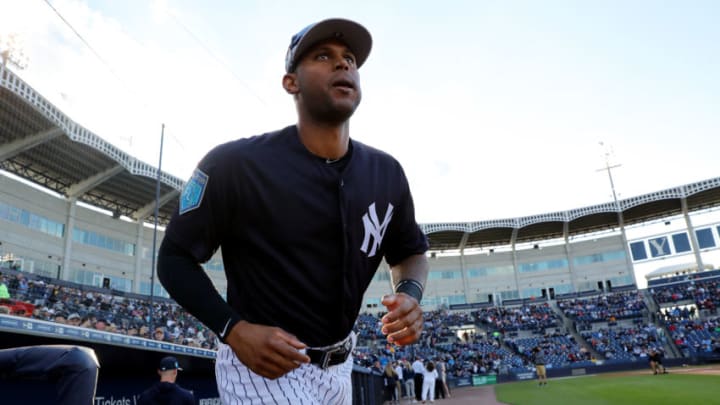
The Yankees look like they are in for a successful season. And like the start to every year, there are several interesting questions surrounding the team as it breaks camp. Here are some of the ones of most importance to the team, and the fans.
The Yankees, and Major League Baseball, are just about ready to start the season. And the boys from the Bronx have every reason to think it will be a good one.
As we head towards first pitch, however, there are a number of questions of interest to the team, as well as the readers. Some are important and some are not, and most will not determine the season. But they will shape it.
Here, now, are some of the questions people seem most interested in, along with my predictions. As readers know, I am uniquely qualified to make these assertions as I have never been wrong in any of my projections.
Wackford Squeers, freelance Ombudsmen, here. Just a spot of bother; it seems as if Mr. Claus has forgotten one or two ever-so-small details.
He has, at one time or another, predicted that both Miguel Andujar and Gleyber Torres would win their respective positions out of spring training, and that the Yankees would add a starting pitcher by now. I hope not to come across as an overly-fastidious prig of a pedagogue, but I felt it best to clarify.
So, with full confidence, let’s start with one of pure interest only:
Who will Hit the Most Home Runs on the Team?
The obvious front-runner has to be Giancarlo Stanton. Players usually become the best versions of themselves with a few years of experience in the MLB. That was true of Mickey Mantle, and it was true for Stanton.
Giancarlo had arguably his best season last year, hitting .281/.376/.631, with his oft-mentioned Universe-leading 59 home runs.
And even if some of that was attributable to being in a line-up with two other dangerous hitters, Marcel Ozuna (37 HR) and Christian Yelich (18 HR, 36 DBL), Stanton moves into an even more loaded line-up this year.
The other big factor in his favor is his spot in the batting order as Aaron Judge will be hitting behind 8-9-1, and is likely to be up far more often with no one on than Stanton.
That will allow pitchers to work around Aaron disproportionately to Giancarlo, a strategy that plays to one of Judge’s strengths: OBP. That seems clear enough as Aaron tied Mike Trout for first in AL On-Base Percentage last year (.422).
This should mean Stanton routinely finds himself up with at least one man on. That will only put more pressure to pitch to Giancarlo, increasing his chances to hit home runs.
But there are two other good, and obvious, candidates.
